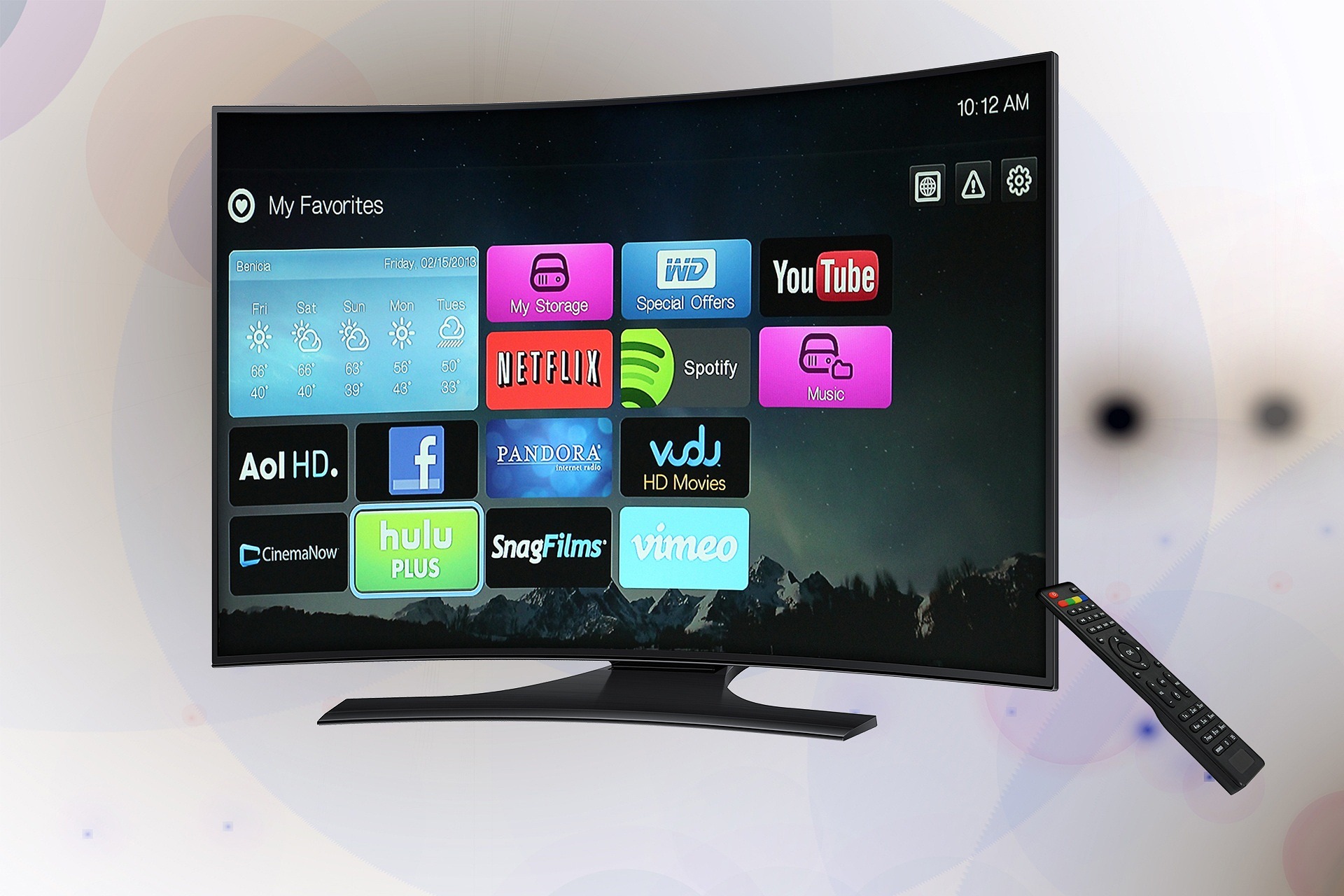Smart TV Guide: Choosing Television for Streaming
A smart TV can transform a living room into a flexible entertainment hub, combining traditional television reception with app-driven streaming, voice control, and internet-connected features. This guide explains what to look for when choosing a television that balances picture quality, smart TV software, connectivity, and the best features for modern streaming and entertainment experiences.
What makes a modern television different?
Modern televisions emphasize more than screen size. Resolution (Full HD, 4K, or higher), display type (LED, OLED, QLED), and dynamic range (HDR formats) determine clarity, contrast, and color accuracy. Equally important are refresh rate and motion handling for sports and gaming, plus input lag that matters if you play console games. A well-chosen television pairs suitable hardware specs with the right screen technology to match your viewing habits and room environment.
How does a smart TV change viewing?
A smart TV brings apps and internet access directly to the screen, eliminating or reducing the need for external devices. Built-in app stores let you install streaming apps, access music, browse the web, and run compatible smart-home services. Smart TV platforms also support personalization like profiles, recommendations, and watchlists, so the set evolves with your habits. Keep in mind that platform longevity and update frequency vary between manufacturers, which affects app availability and overall performance over time.
What technology matters in a smart TV?
Key technological considerations include display panel type, processor performance, and the TV operating system. OLED panels typically deliver true blacks and excellent contrast, while LED/LCD panels with local dimming and quantum dots improve brightness and color. A responsive processor helps with app loading and multitasking, while software features like voice assistants, HDMI 2.1 support, and eARC influence compatibility with soundbars and next-gen consoles. Also consider connectivity options—Wi‑Fi standards, Ethernet, Bluetooth, and the number and type of HDMI inputs are practical necessities.
How does streaming work on a smart TV?
Streaming uses apps that connect to content servers over the internet to deliver video on demand or live streams. A stable broadband connection and sufficient Wi‑Fi speed are essential for reliable high-resolution playback. Smart TV software typically supports adaptive streaming, which adjusts video quality to match your bandwidth. Built-in playback features like 4K HDR support, subtitle options, and multi-audio tracks enhance the viewing experience. For households with multiple simultaneous streams, consider router placement, network bandwidth, and whether the TV supports dual-band or mesh networking to reduce buffering.
How does a smart TV enhance entertainment?
Beyond video playback, smart TVs expand entertainment via integrated audio features, casting, and app ecosystems for music, games, and fitness content. Many sets now offer voice search and assistant integration, smart-home control panels, and companion mobile apps that simplify remote control and content casting. Picture presets, calibration modes, and AI-driven upscaling can improve older or lower-resolution content, making movies, sports, and binge-watching sessions more immersive. When paired with a compatible sound system, a smart TV becomes the central hub for a full living-room entertainment setup.
Key buying considerations and practical tips
Think about room size and viewing distance to determine optimal screen size and resolution. Check the smart TV platform’s app library and update policy to ensure the streaming services you rely on will be supported. Inspect ports: at least two HDMI inputs (preferably HDMI 2.1 if you have a new console), one optical or HDMI eARC output for sound systems, and USB for media playback. Evaluate warranty coverage and the availability of firmware updates—these affect long-term performance. Finally, compare picture mode presets and test for uniformity in-store if possible, but remember online reviews and user feedback often reveal real-world reliability and software behavior.
Conclusion
A smart TV brings television into the internet era, blending traditional broadcast capabilities with app-driven streaming, connected features, and evolving technology. Choosing the right set requires balancing display performance, smart TV software, connectivity, and the types of entertainment you enjoy most. Prioritize the features that match your viewing habits and room setup to create a reliable, future-ready centerpiece for your home entertainment.






